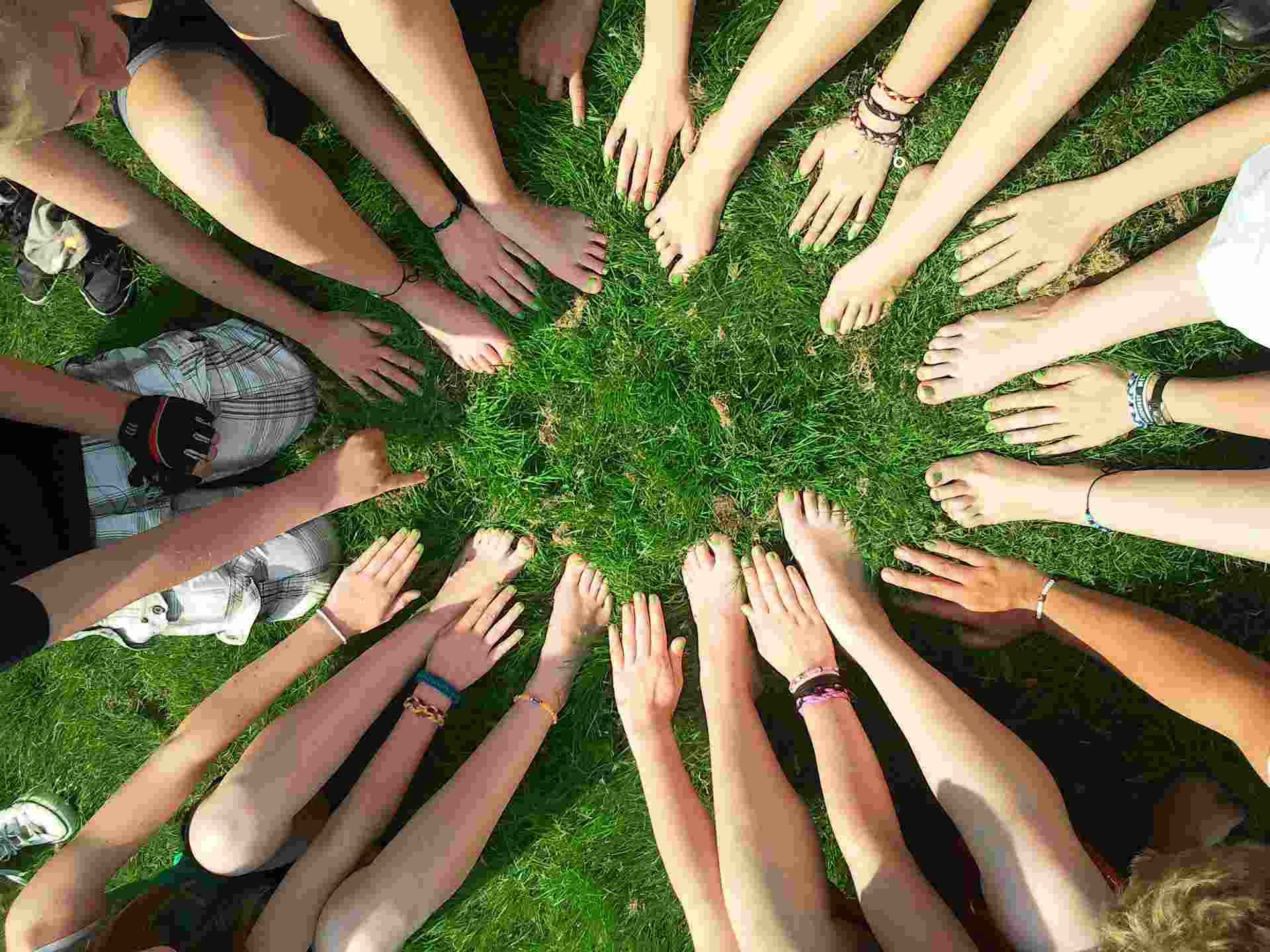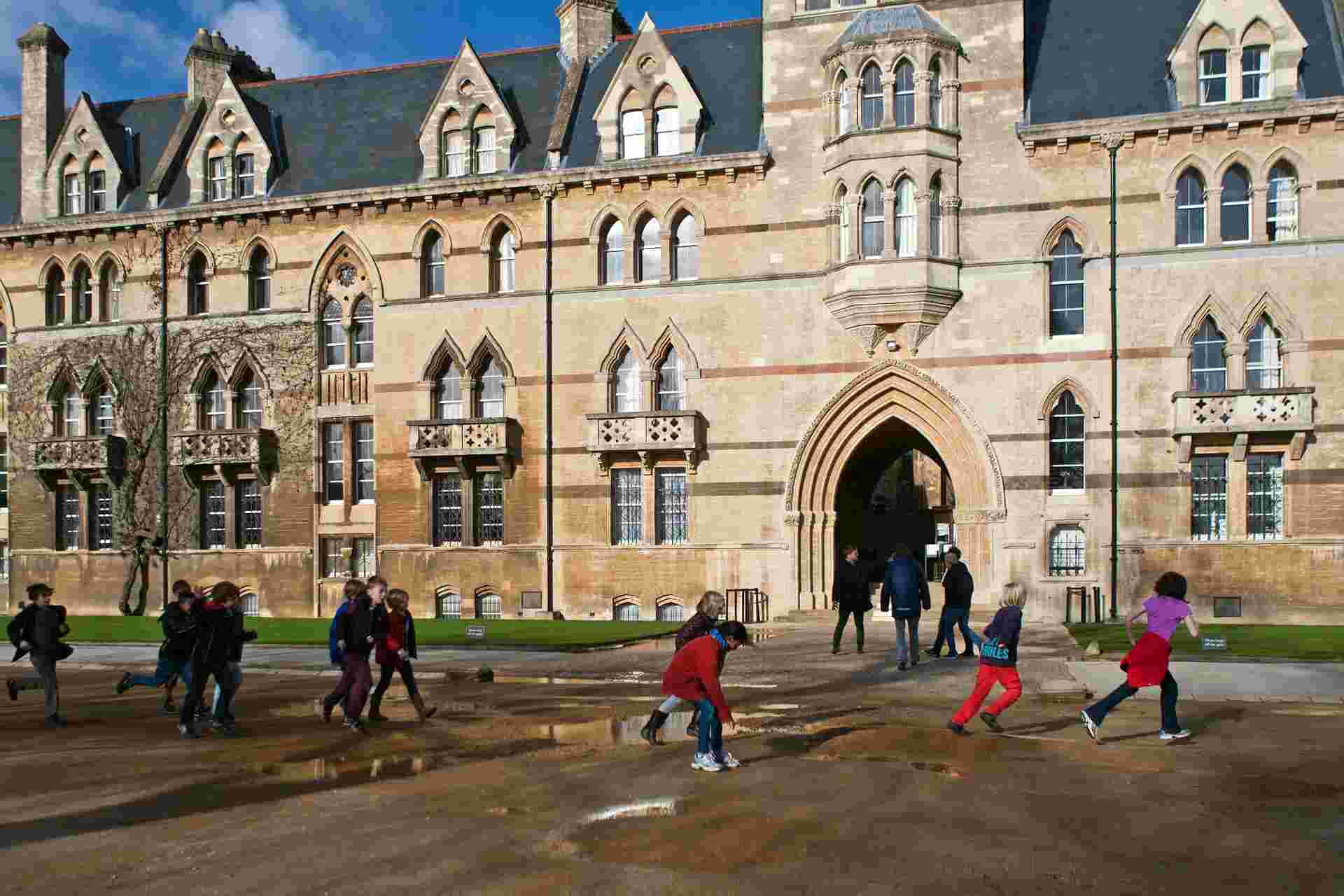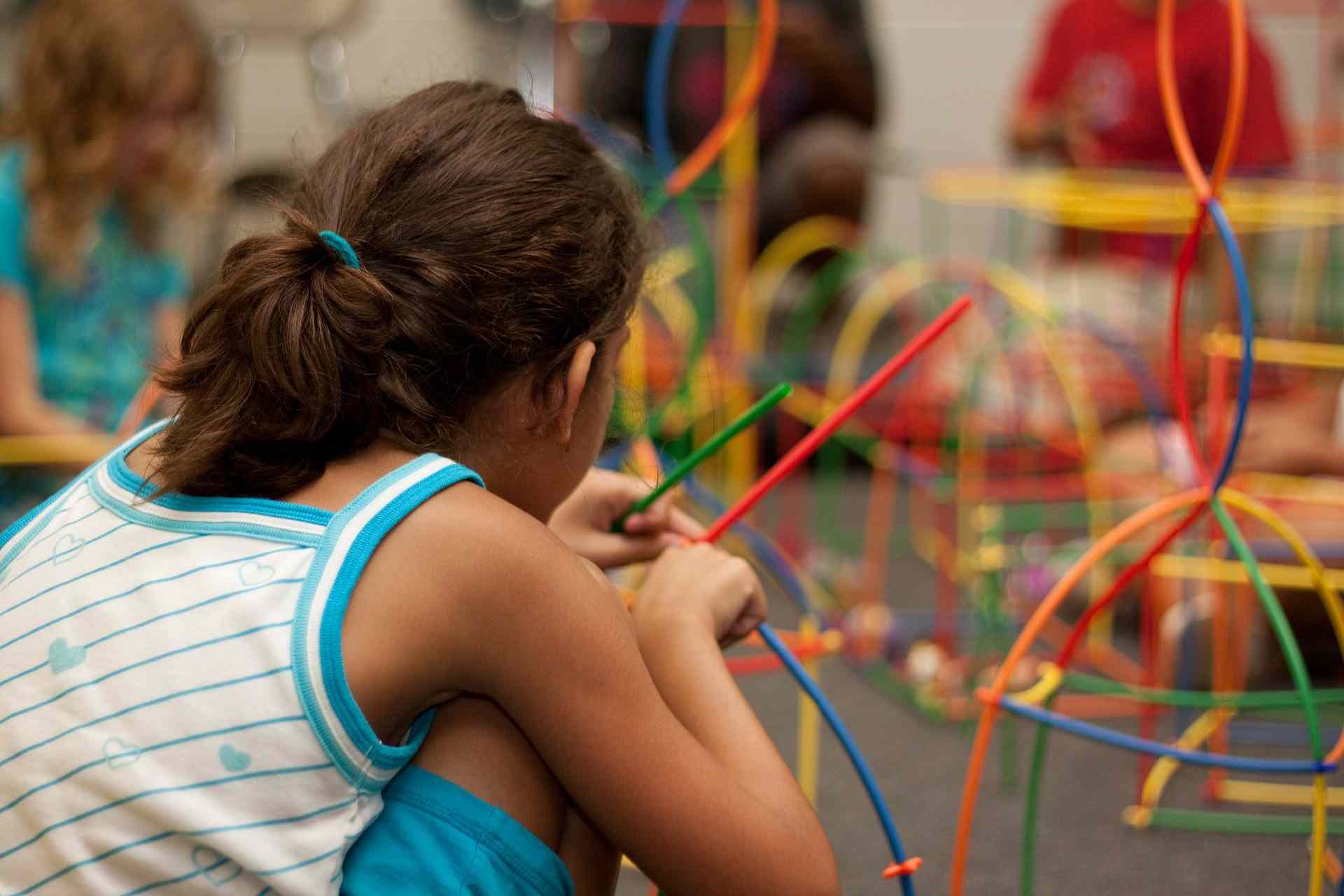How Can Opioid Overdose Prevention Programs Benefit Young Adults?
In the United States, more than 6 out of 10 overdose deaths is caused by an opioid.
The United States is facing a major social crisis, as evidenced by the rising number of opioid overdose deaths. Reports state that in 2016, approximately 11.5 million American citizens dabbled with prescription opioids and more than 42,000 died due to an opioid overdose.
More than 115 deaths are caused due to opioid overdose every day in the US and it costs approximately $78.5 billion per annum to fund opioid overdose treatment, healthcare, and more.
Opioid Abuse Affecting Young Adults
Opioid overuse is not only limited to the adult population as it has taken a heavy toll on children and young adults as well. A significant portion of the responsibility to keep the children away from such bad practices falls on the parents as well as on the school administration.
Most students at-risk of opioid use and overdose are living with a guardian or a parent, who is also struggling with opioid addiction. Orphaned children living with their grandparents or in foster care homes are also at risk of taking up this habit to cope with and survive through the trauma and pain that they undergo. Even children with responsible parents at home may get hooked on opioids due to peer pressure at school. It falls on the school administration to look out for such kids and support them in order to facilitate opioid overdose prevention.
Why is it Critical to Avoid Addiction to Opioid and Other Drugs During Adolescence?
When a person uses opioids or any other addictive substance from an early stage of their life, the chances of getting addicted to the substance increases manifold. Drugs change the way our brain functions and this addiction can lead to serious health problems and can even cause death in the future. Therefore, it is necessary to prevent children and adolescents from using opioids from an early age, as this can reduce the risks of addiction in the future.
The risk of using and getting addicted to drugs rises exponentially during times of transition. For children, this is the time when they hit puberty and their body undergoes a sea change both physically and mentally. In addition to this, if there is a divorce in the family or the family moves from one place to another, and a change in schools, then he/she may be more likely to develop opioid addiction to cope with the domestic, social, and academic changes.
When children hit their adolescence, they are faced with new challenges, both social and academic. It is during this time in their life that they are first exposed to substances like alcohol, marijuana, and cigarettes. As we all know, risk-taking is looked upon as something cool among adolescents, which pushes them to try out new and different things which might include experimenting with opioids and drugs.
The part of our brain involved in decision-making and control judgment develops fully by the time a person is in their early or mid-20s, limiting a teenager’s ability to accurately assess the risks associated with opioid use. This also makes young adults more vulnerable to peer pressure, leading them to opioid abuse and possible overdose.
Getting addicted to opioids during adolescence can affect brain development and functioning by disrupting critical areas like behavior control, motivation, judgment, learning, and memory. Therefore, it has been seen that teenagers who get addicted to drugs and alcohol often experience social and family issues, physical and mental health problems, poor academic performance, and other such issues.
Can Research-Based Opioid Overdose Prevention Programs Help Young Adults?
Yes, it is possible to help at-risk young adults and keep them from developing opioid addiction with the help of research-based opioid overdose prevention programs. These programs can be implemented in the school and can also be carried out by community coalitions to have the maximum effect. Scientific studies have proven that research-based programs have been quite effective in decreasing the chances of early use of opioids, drugs, alcohol, and other substances.
Things that Must be Included in a High-Quality Opioid Overdose Prevention Program
There is no one-size-fits-all solution when it comes to designing an effective opioid overdose prevention program. Therefore, schools and communities must consider a number of factors to come up with a program that suits their needs and would address the issues that the children are facing.
Here are some features that you must look out for in opioid overdose prevention programs:
1. The Protective Factor:
On the basis of a number of studies, the Center for Disease Control and Prevention (CDC) has found that there are certain protective factors that can help young adults avoid substance abuse and other self-destructive behavioral patterns that can put them at risk. Among these, one of the most important is to feel connected with the school, making the students believe that their peers and teachers actually care about them as people and would understand the situations they are in.
2. Standard Health Education Classes:
It is essential to provide quality health education complying with the National Health Education Standards to the students so that they can get a better understanding of their health and the factors which affect it. Apart from informing the students about the effects drugs have on our body, they must also be made aware of the laws pertaining to opioid abuse. Core life skills like goal setting, decision making, bystander intervention, and self-management must also be a part of a quality health education class.
3. Quality Teaching Resources:
For the best results, use program materials created by reputable sources like SAMHSA and their partners. One such reputable source is Real Prevention, which provides different opioid overdose prevention programs for middle and high school students.
4. Collaborate With Professional Training Services:
Teachers must be given proper training to achieve their desired goals. Organizations like Real Prevention offer training services for teachers so that they can carry out the keepin’ it REAL (kiR) program with the utmost confidence and integrity. Training is needed to implement these opioid overdose prevention programs effectively.
In Conclusion:
It makes sense to start opioid overdose prevention programs at an early age so as to nip the problem in the bud. The young adults will have the knowledge that they can use to grow and learn without succumbing to the temptation of drugs. Currently, many school districts have already undertaken such steps to fight opioid overdose and educators believe that more school districts should follow suit to completely eradicate this problem.










